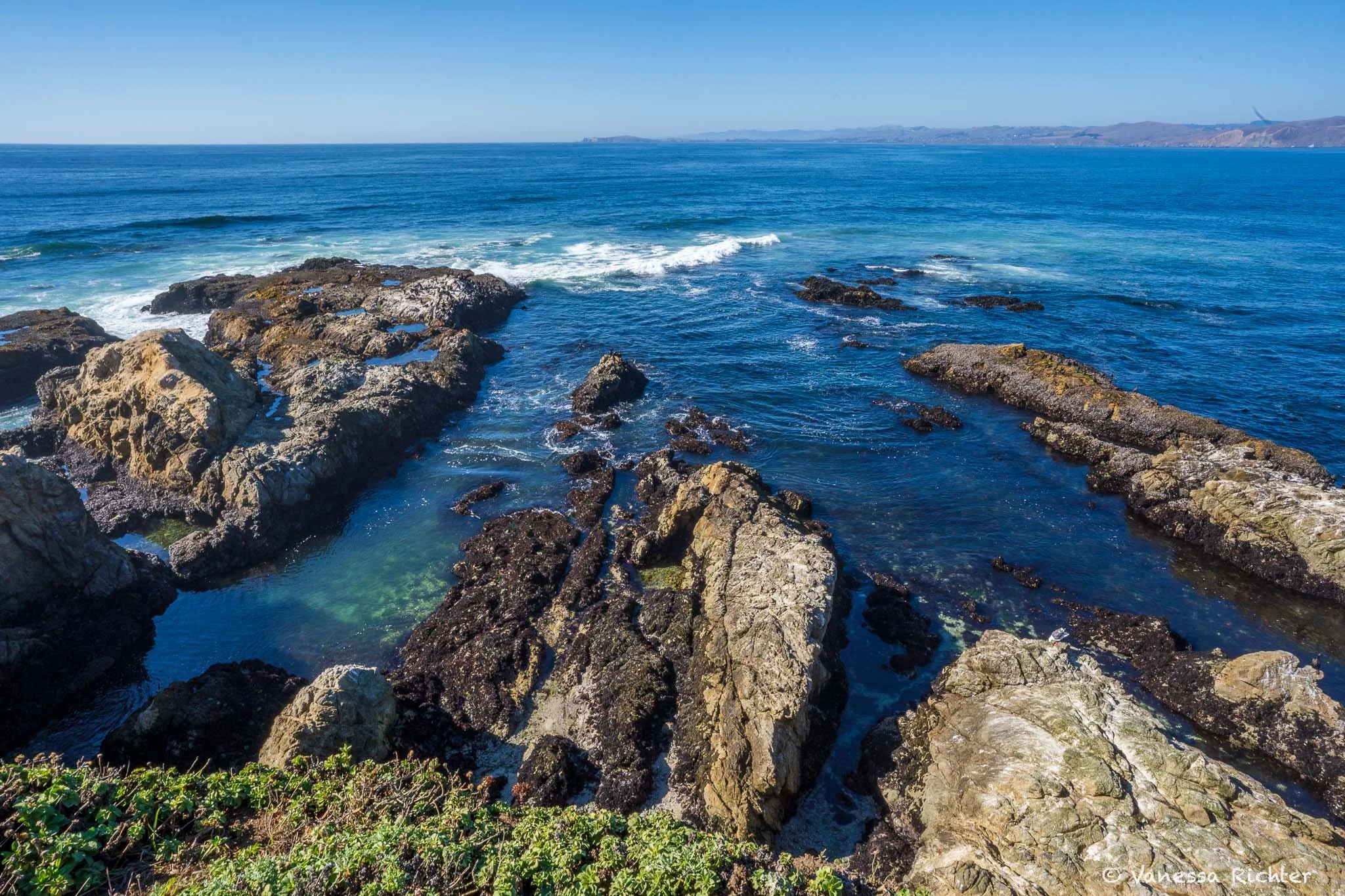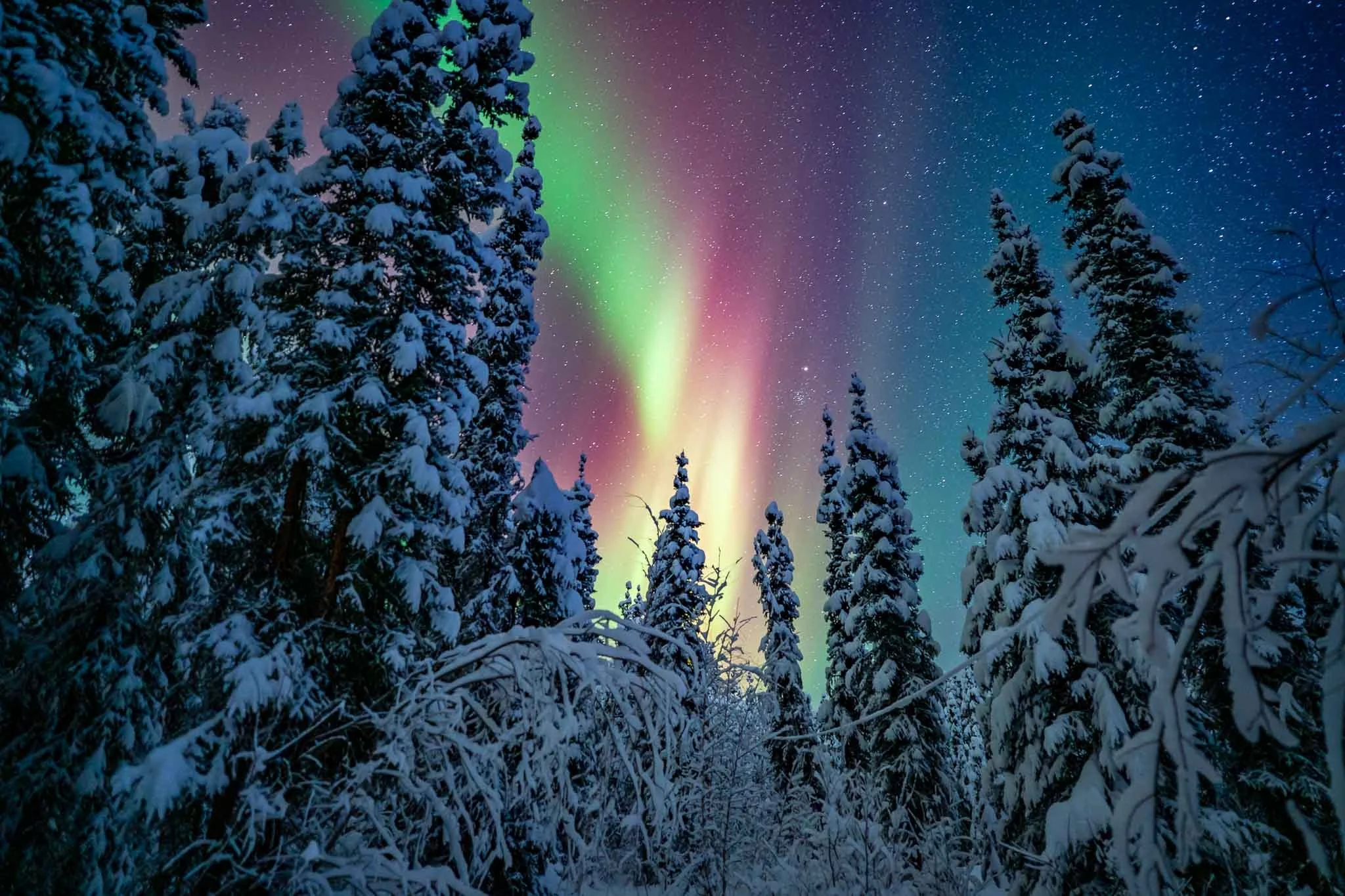Hiking Tomales Point at Point Reyes National Seashore: Where Tule Elk & Coyotes Meet at the Coast
The Tomales Point Trail at Point Reyes National Seashore offers a beautiful hike along California’s central coast, featuring stunning Pacific Ocean views and wildlife sightings like tule elk and coyotes. The trail is set within a historic landscape where past land use meets today’s conservation efforts.
Get cozy, grab your favorite beverage, and join me on the hike to the tip of the peninsula to discover what makes this place so special!
Hiking Tale of Tomales Point Trail at Point Reyes National Seashore)
📍 Distance: 9.5 mi (15.2 km)
⛰ Elevation Gain: 1,200 ft (365.8 m)
🔙 Route Type: Out & Back
It was a perfect day in fall. The wind was calm and the fog had receded far from the coast. The sun was shining beautifully from the sky, illuminating the crushing waves of the Pacific. We were about to start our hike at Tomales Point, a narrow spit of land nestled between the Pacific Ocean to the west, Bodega Bay to the north, and Tomales Bay to the east. The only indication that this area had been shrouded in thick fog over the past few weeks of summer were the lichens hanging from the scarce trees.
But that was not the only feature that caught our eyes. A collection of creamy-white wooden buildings that almost appeared like a tiny village appeared behind the parking lot.
Pierce Ranch: A Glimpse into Historic Dairy Farming
As we learned, the houses belonged to a historic ranch, being preserved and made available to visitors to offer education about dairy ranching in the 1800s.
Established in 1858, Pierce (Point) Ranch was the largest of four ranches on Point Reyes peninsula. It excelled in butter production, with Goldberg, Bowen, and Co. purchasing its entire output. By 1900, as part of the group of Point Reyes region ranches, it was considered among the top 300 dairy ranches in the state and was recognized for its excellence in 1878 and 1880. About a hundred years later, in 1973, the ranch ceased operations.
Starting in 1980, the National Park Service invested in the rehabilitation of the ranch core and was added to the National Register of Historic Places in 1985. Today, the ranch stands as one of the best historic 1800s examples of a west Marin dairy ranch. Interpretive signs explain the history and function of the different buildings, such as a schoolhouse, barns, a blacksmith shop or dairy houses.
Framed within this historic setting, where human land use of the past is intertwined with the protection efforts of today, the rather narrow trail led us through brownish grasses that had endured the lack of summer rain for many months now. The landscape, so colorful and lively in spring with lush green grasses and stunning wildflowers, appeared to be at the edge of life. We knew, though, that it would only take a couple of weeks until the scenery would be fed with water again and relieve the plants from the long drought. The ocean views were magnificent as always in California – if not blocked by thick fog. The trail continued further, and at some point, we encountered what I was hoping to see all along. A large herd of Tule Elk was peacefully grazing to the sides of the trail, comprising all demographics: adult males with impressive antlers, females with a similar brown fur as the males, and ears that stood out for appearing so fluffy, as well as rather juvenile elks.
A Revival of Nature: Tule Elk Reserve
- Today, the elk at Tomales Point make up one of the largest Tule Elk populations in California.
- However, these beautiful animals were locally extinct in the 1850s in what is now Point Reyes National Seashore.
- Before extinction, herds roamed the peninsula’s grasslands, the Olema Valley, and parts of Marin County.
- After the establishment of the Point Reyes Wilderness (renamed in honor of Phillip Burton in 1985), a decommissioned cattle ranch was repurposed as suitable habitat for elk reintroduction.
- In 1978, eight female and two male Tule Elk were resettled to Tomales Point, initiating a successful population revival.
But while many of them roam together, there are also a few that seem to wander alone through the landscape. Well, not quite. There is also an abundance of coyotes (and, of course, other animals too) that the tule elk have to share this habitat with.
Between Invasive Monocultures and Serene Beauty: California's Rugged Coastline
After the hoped-for encounter and a few miles of hiking, we found a beautiful spot to have our lunch. Sitting high above the rugged coastline, we watched the waves crash into the bay far below. Ice plants lined the cliff in front of us. And while these plants are stunning when in bloom, they’re also a sign of trouble in paradise.
Native to South Africa, ice plants were introduced to California in the early 1900s to stabilize sand dunes along roads and railroad tracks. But they spread quickly and became invasive along the coast. By forming thick mats and large monocultures, they displace rare and threatened native plants and reduce overall biodiversity.
Of course, invasive species aren’t evil or bad in themselves. They simply don’t belong in the ecosystems they've invaded due to human intervention. In their native environments, they play a positive, even vital, role. The problem arises when they’re introduced to ecosystems that haven’t evolved alongside them, where their advantages can turn into ecological disruption.
We continued until the very end of the trail, passing a wild turkey, tons of shorebirds, and wading through loose sand towards the tip of the peninsula’s tongue.
We’re almost there! After saying this sentence several times in the firm believe that we are truly almost there, we could finally see the tip of the tongue. Few hikers had ventured out to this point this evening. Standing at the utmost point felt truly remote, with only rocks with birds and the ocean ahead of us. We soaked in the view, the fresh air, and the feeling of what it means to truly feel alive until we started our way back.
On our way back, the afternoon sun was already low, beautifully illuminating the golden grasses with soft light. The entire scenery appeared glazed with a touch of vanilla. Only a pleasant breeze swept around our heads.
But that wasn’t all—we were rewarded with what became my favorite scene and photo of the day, as well as my final shot before once again reaching the start, and thus the end, of the trail.
Stunning view: Tule elk rest and graze on the cliffs overlooking the Pacific Ocean.
Know Before You Go
Trail
- The entire out & back hike is moderate: 9.5 miles with about 1,200 ft elevation gain, taking roughly 4 hours.
- If you prefer a shorter hike, turn around at the Tule Elk Reserve about halfway—around 4.8 miles total (~2 hours).
- Find the full route on AllTrails.
Best Time to Visit
- Spring (March–May): Hills are green and wildflowers bloom—ideal for photos and elk sightings. Bring layers as weather can change quickly.
- Summer (June–August): Often cool and foggy with thick marine layers. Dress warmly and expect limited sun and visibility.
- Fall (September–October): Alongside spring, fall is the best season—offering less fog, warmer temperatures, and active wildlife such as rutting elk and visible coyotes.
- Winter (November–February): Winter is a beautiful time too (on days when it is not raining & there is no storm in the forecast) with some revived greenery.
Access
- There is a large parking lot at the trailhead with ample spaces, usually no problem even on weekends.
- No restrooms at the big trailhead parking lot, but facilities are available a short walk or drive down the road with additional parking.
- Don’t miss the historic Pierce Point Ranch at the start of the trail.
Follow the Adventure
Latest on the Blog
Search
📌 Pin for later
If you enjoy my content, please consider supporting my work
Your support helps me to pour my time and soul into Venture Beyond The Picture while keeping it clutter free. Every little bit means a lot to me — monetarily, but also as an appreciation of my work. I am beyond grateful for every contribution.












I’m the face, writer, and photographer behind Venture Beyond the Picture.
You’re in the right place if you’re looking for nature-focused travel guides, real tales from the trails, and photography that celebrates wild landscapes, fascinating wildlife, and the quiet beauty of nature.
I hope what you find here helps you plan your adventures across the Western U.S., capture the outdoors through your own lens, and spark new inspiration.